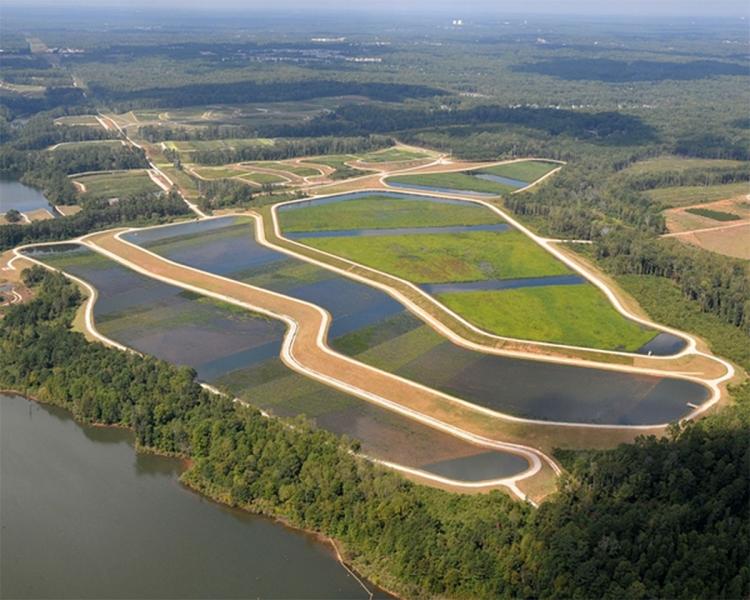Planning for the future
Clayton County is relatively small, and much of it is already developed. Its location near the top of a regional watershed means it has little area to gather precipitation into streams and rivers. Given the county’s physical limits for gathering fresh water, uncertainty about future climate translates to uncertainty about the region’s ability to provide water for new development.
Performing a reality check
To understand their ability to support new development, the Clayton County Water Authority (CCWA) conducted comprehensive assessments of its watersheds and water resources. Their findings confirmed that urbanization had already impacted the county’s limited surface water. Some of the county’s streams were already on the state’s list of impacted waters, and most of the streams in the more developed northern half of the county were not meeting the biological criteria to be considered safe for fishing.
The poor condition of streams effectively ruled out any plan that would tap surface waters to increase supplies. The CCWA turned to wetland treatment systems that could increase supplies by filtering water for reuse. Data from the North American Treatment Database created for the U.S. Environmental Protection Agency helped them compare options, and the CCWA eventually chose to construct surface flow wetlands.
Surface flow wetlands for water resource management
To ensure that they could supply water for the county’s growth, the CCWA developed a comprehensive plan that integrates water reclamation, water production, and watershed management. The plan also identified improvements to be made over the next 20 years, with a focus on the need for watershed protection and storm water management.
Constructed surface flow wetlands work by allowing a shallow layer of water to flow across a surface of dense wetlands vegetation. This natural treatment system requires less land and lower operation and maintenance costs than some alternatives. For example, spray irrigation techniques take approximately 100 acres of land to treat one million gallons of wastewater per day. Surface flow constructed wetlands can treat the same amount of wastewater using only 15 to 25 acres of land, depending on the desired effluent quality.
Testing the system
In 2007 and 2008, a severe drought tested the system. Using their innovative water recycling strategy, CCWA was able to provide users with the water they needed and keep reservoir levels near capacity. At the same time, neighboring Lake Lanier, the water supply for Atlanta, saw record lows.
Using the constructed wetlands, the CCWA can reclaim up to 20 million gallons of used water per day. Reclaimed water is stored in reservoirs for eventual reuse as drinking water: the technique is an example of indirect potable reuse. The CCWA continues taking steps to provide the safest water possible while making efficient use of existing supplies.


